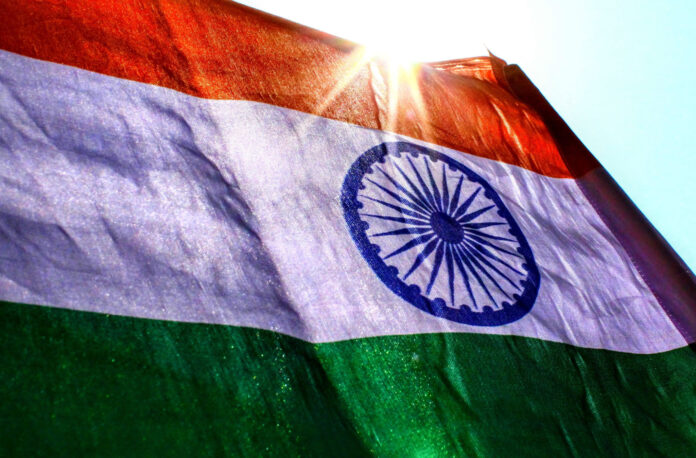COAI represents the interests of local operators Reliance Jio Infocomm, Bharti Airtel and Vodafone Idea
Mobile operators in India will need at least two gigahertz of mid-band spectrum to be in a position to offer a better coverage, local newspaper The Economic Times reported, citing the Cellular Operators Association of India (COAI).
According to the entity, the government should award the 6 GHz spectrum band for the provision of mobile services in India.
“If you want a good 5G, you need two gigahertz [of midband spectrum]. And to get two gigahertz, we are looking at 6 GHz spectrum band because there, exactly 1,200 megahertz are available. So, we are saying that this is uncluttered, you have not used it up anywhere, so give it to us,” SP Kochhar, director general of COAI said.
COAI represents the interests of local operators Reliance Jio Infocomm, Bharti Airtel and Vodafone Idea.
“The mid-band requires two gigahertz of spectrum to run 5G efficiently. This is scientifically and statistically proven,” Kochhar said.
According to the report, India currently has only 720 megahertz of total spectrum in the mid-band.
As per an industry finding, two gigahertz of mid-band spectrum per market would be required to meet the user experience of 100 Mbps download and 50 Mbps upload speeds, the report stated.
Indian telecom companies have been urging the government to award more frequencies in order to offer seamless nationwide coverage, and asked the telecom department (DoT) to consider 6 GHz range radio waves.
Earlier this year, industry association GSMA said that India should identify and support 6 GHz spectrum for the expansion of 5G services across the country.
In a letter to India’s communications minister Ashwini Vaishnaw, the GSMA said: “The 6 GHz range is the primary mid-band spectrum to meet the needs for 5G expansion and its timely availability will drive cost-efficient network deployment, help lower the broadband usage gap and support digital inclusion.”
The GSMA urged the Indian government should support the 6 GHz frequency band for International Mobile Telecommunications (IMT) identification, at regional and international platforms such as the APG and WRC-23.
COAI also stated that that allocating the 6 GHz band to public Wi-Fi companies would represent a revenue loss for the country’s treasury.
However, Delhi-based Broadband India Forum believes that the government should either delicense a portion of 6 GHz band or make complete spectrum available for public Wi-Fi services in the country.
Indian telcos started to deploy 5G infrastructure in October last year, and are rapidly expanding coverage at a fast pace.
Indian telco Bharti Airtel recently announced it has reached over 50 million unique 5G customers within one year of the launch of its 5G network. The company also announced that its Airtel 5G Plus service is already available across all the 28 states and eight union territories in India.
Rival operator Reliance Jio Infocomm expects to complete the national rollout of 5G by the end of this year, according to Mukesh Ambani, chairman of Jio’s parent company Reliance Industries.
The executive noted that the carrier already reached 450 million subscribers, of which 50 million have already migrated to 5G.
The telco has already deployed its 5G service in 7,764 cities across 36 states in India, according to the carrier’s website.

